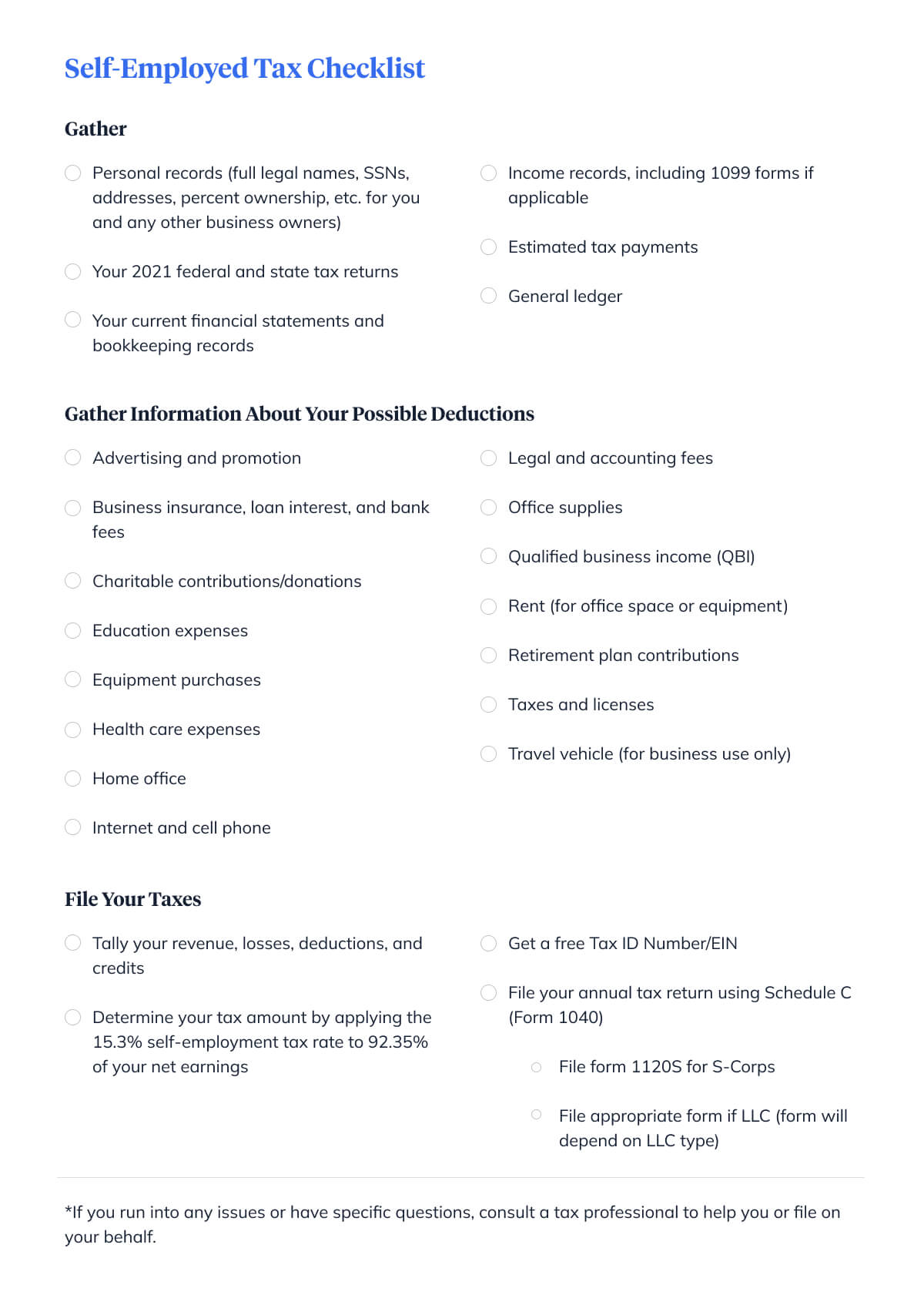As a business consultant, you often have considerable freedom when it comes to many parts of your work. However, if it’s your first venture into consulting, it can be difficult to know when — and how — to begin scaling and expanding. Here are the most important things to keep in mind as you take your independent business to the next level.
How You Know You’re Ready to Grow
There are a couple of important questions to ask yourself before you take the leap and work toward ramping up your consulting business.
Do you have the bandwidth to handle an influx of clients?
Once you begin growing, more clients can start coming in fast. You’ll want to make sure that you’re prepared, both in terms of your time and resources, to sufficiently address the new demand while still providing your customers with a high level of service.
Do you feel confident in your areas of expertise?
It can be tempting to want to boost your business quickly, but it’s most important that you really master your particular area(s) of specialty first so you can ensure that your clients have the best experience possible. Establishing a trustworthy and credible reputation can help set you up for more sustainable long-term success.
How to Broaden Your Reach
1. Find opportunities to become a thought leader
Venturing into the thought leadership space is a smart and effective way to ramp up your visibility within the local and global community. There are several ways to get started, including publishing custom content, applying for speaking engagements, or hosting educational training sessions. Above all, it’s important to put your name out there in spaces where those you want to reach are paying attention, even if that begins with something as small as a weekly LinkedIn article.
2. Invest in SEO
Search engine optimization can be a great way to bring more visitors to your website — and in turn, more clients into your consulting firm. If you don’t have experience with SEO best practices or the time to invest in a training course, it may be worth hiring a contractor who is well-versed in ways to ramp up your website content and increase traffic quickly.
3. Partner with other consultants (who aren’t competitors)
When you work independently, there can be strength in numbers when it comes to increasing awareness of your business, so long as you’re complementing each other and not competing. Think about linking up with another entrepreneur or independent consultant in a different industry, whether in the capacity of networking and mentoring, or to bundle and offer services together if it makes sense.
4. Broaden your offerings
Is there another area of expertise that you have been wanting to provide services in? If you feel sufficiently knowledgeable and have the capacity to take it on, expanding your repertoire can be an easy and quick way to take your consultancy to the next level.
5. Survey current and past clients
The best way to improve the experience of your future clients is to tap into the insights of those who have worked with you already. Creating and distributing a short online survey to your present and previous clients will provide quick and streamlined feedback that you can leverage to build on what’s working and address and refine what’s not, as well as gain a better understanding of how people are finding you. If you receive any particularly compelling positive feedback, don’t be shy about requesting the client’s permission to share their testimonial for use in your marketing and promotional materials — social proof is often critical when it comes to demonstrating your credibility to potential customers.
How to Fund Your Consulting Business
It often costs money to level up your consulting business, and fortunately, there are a variety of traditional and alternative options available to get an influx of cash relatively quickly. All come with pros and cons, though, so it’s important to weigh your options to determine the best solution for you.
Traditional small business loans — like the Small Business Administration’s 7(a) loans — are often the first one that consultants pursue, and they can be appealing due to their typically fixed rate — and predictable monthly payments. However, the application and approval process is often quite strenuous, and you can face challenges if you haven’t been in business very long, as at least a few years of financial and business records are typically required.
Some consultants opt to open a business line of credit, which offers revolving access to funding as you need it and allows you to maintain cash flow. But these come with downsides as well: APRs can be very high, ranging from 10-20%, and there can be other fees for monthly maintenance, early repayment, and more.
There’s also an alternative option for funding your consulting business without taking on debt or taking out a loan: your home equity. A home equity investment can help you access cash to expand, minus the stress and hassle of another ongoing cost. You can receive the money fairly quickly — as soon as three weeks — and there aren’t any monthly payments or interest. Plus, you can use the funding for anything you’d like.
If you’re a homeowner who’s curious about whether a Hometap Investment might be able to help you grow your consulting business, take our five-minute quiz.
YOU SHOULD KNOW…
We do our best to make sure that the information in this post is as accurate as possible as of the date it is published, but things change quickly sometimes. Hometap does not endorse or monitor any linked websites. Individual situations differ, so consult your own finance, tax or legal professional to determine what makes sense for you.












